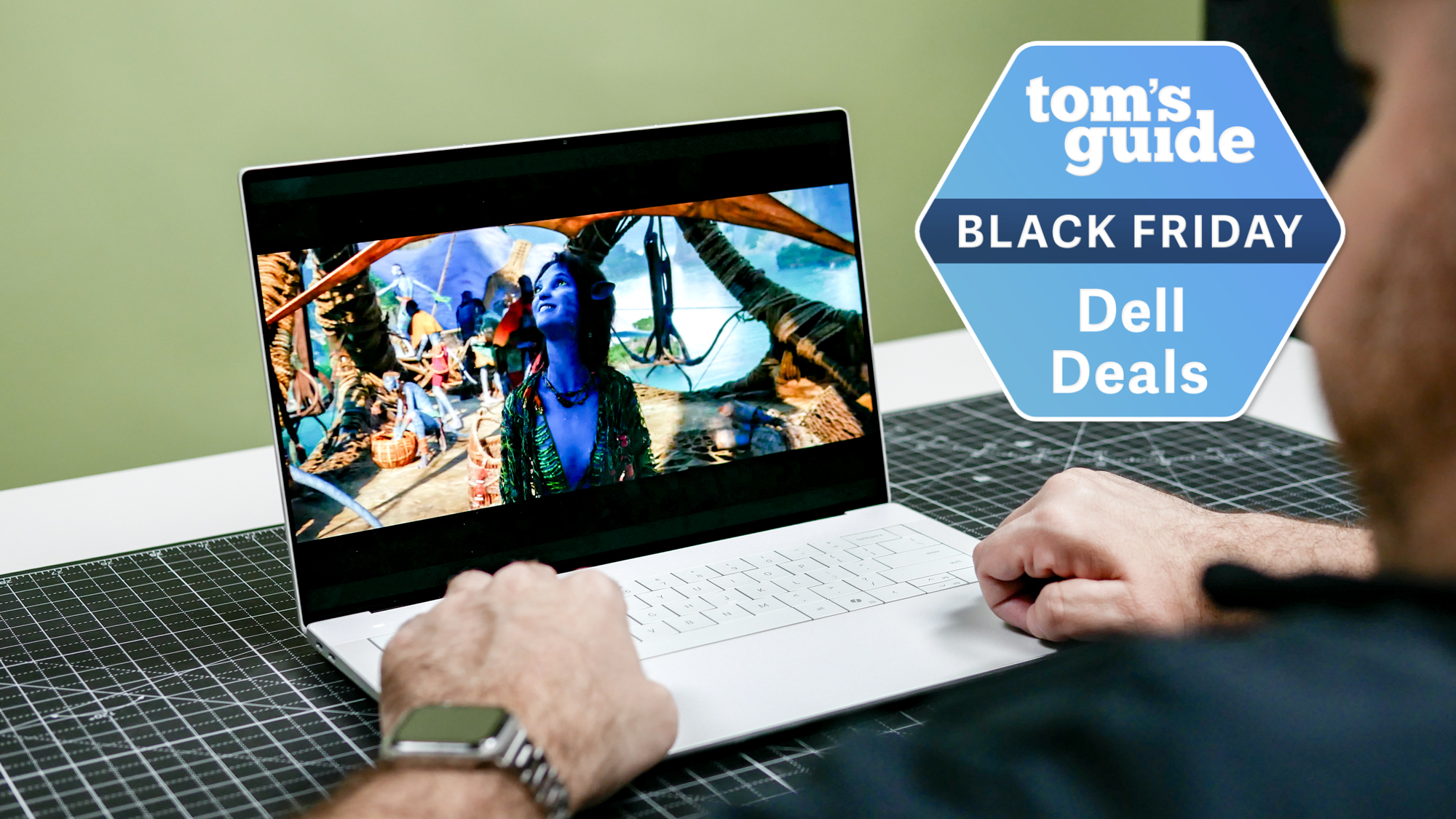I just switched from iPhone 16 Pro Max to iPhone Air — what I like and what I don't
After a year of using the Pro Max, the Air is a big change
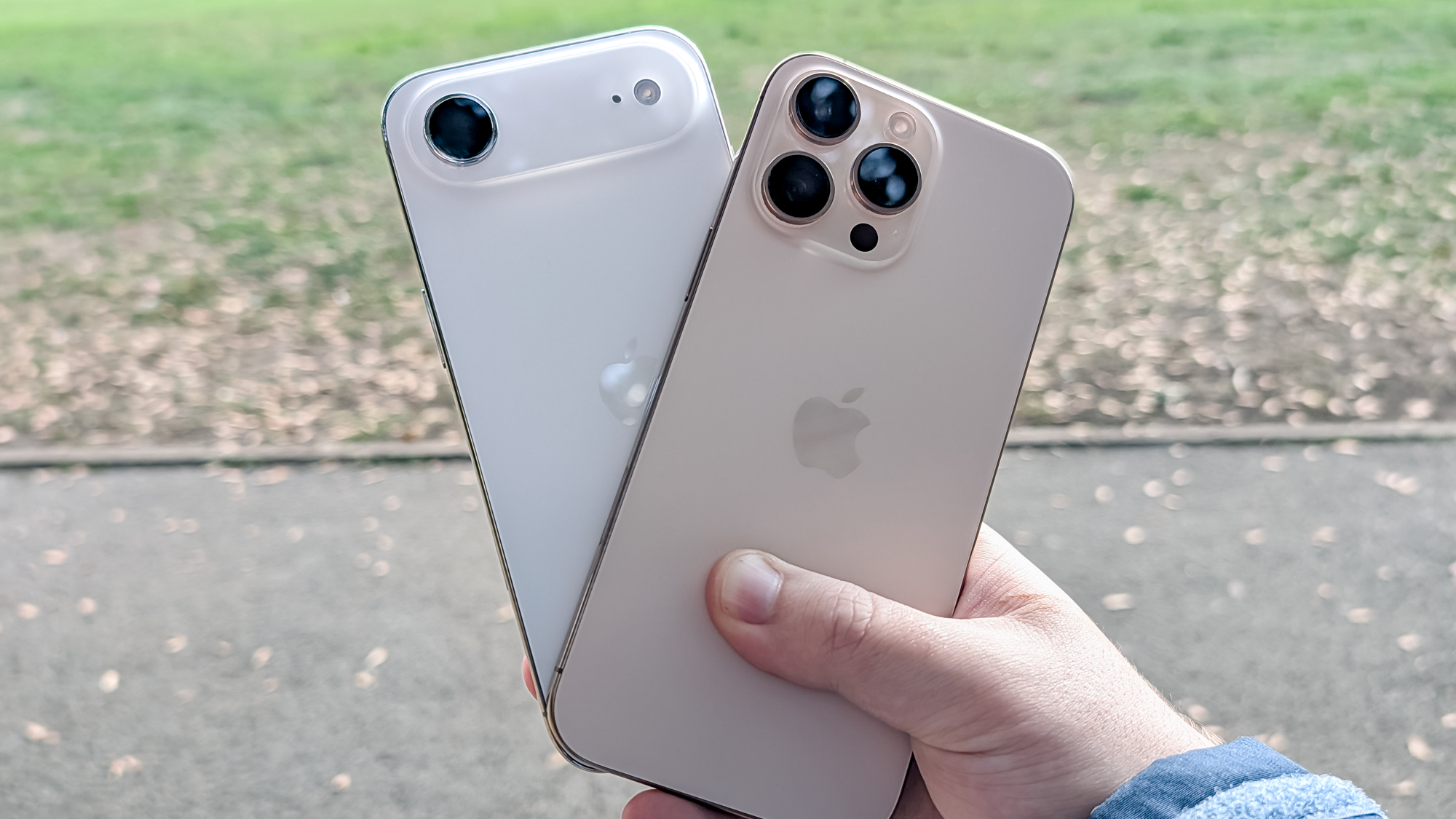
I've been using an iPhone 16 Pro Max for the past year, with only a handful of small complaints about my user experience with that phone. Nevertheless, I was ready to move on to the iPhone 17 Pro Max to ensure I stayed up to date for work purposes more than anything else. But then, the iPhone Air crossed my path.
In following the rumors about the iPhone Air ahead of its launch and having spent a little time with the similar Samsung Galaxy S25 Edge, I was dubious about the appeal of a slim iPhone. Apple can already be a little stingy with what you get for your money, even if you're paying for the features you do have to be more refined (at least in theory). So an iPhone that costs as much as a Pro but with most of the pro abilities removed in return for a smaller handset seemed like a bad trade-off to me.
But I can't deny I was still curious about the Air. With the opportunity of testing out an iPhone Air presented itself, I wanted to see if my phone habits would line up with the particular kind of digital minimalism that the new Apple phone encourages. And after a week of use, I can now reveal the truth.
The Air has to be held to believe
The first change I had to get used to in moving from the iPhone 16 Pro Max to the iPhone Air involved my SIM card. While U.S. iPhones have been eSIM-only for several years already, we still have the option of physcial SIM cards in the U.K. The iPhone Air is the exception to that, as Apple is only releasing an eSIM version around the globe, forcing me to convert.
I would prefer to still have the choice of a physical SIM going forward. After all, the Galaxy S25 Edge still fits a SIM tray into its only marginally thicker body. But as admission prices go, I was quickly able to forgive the Air.
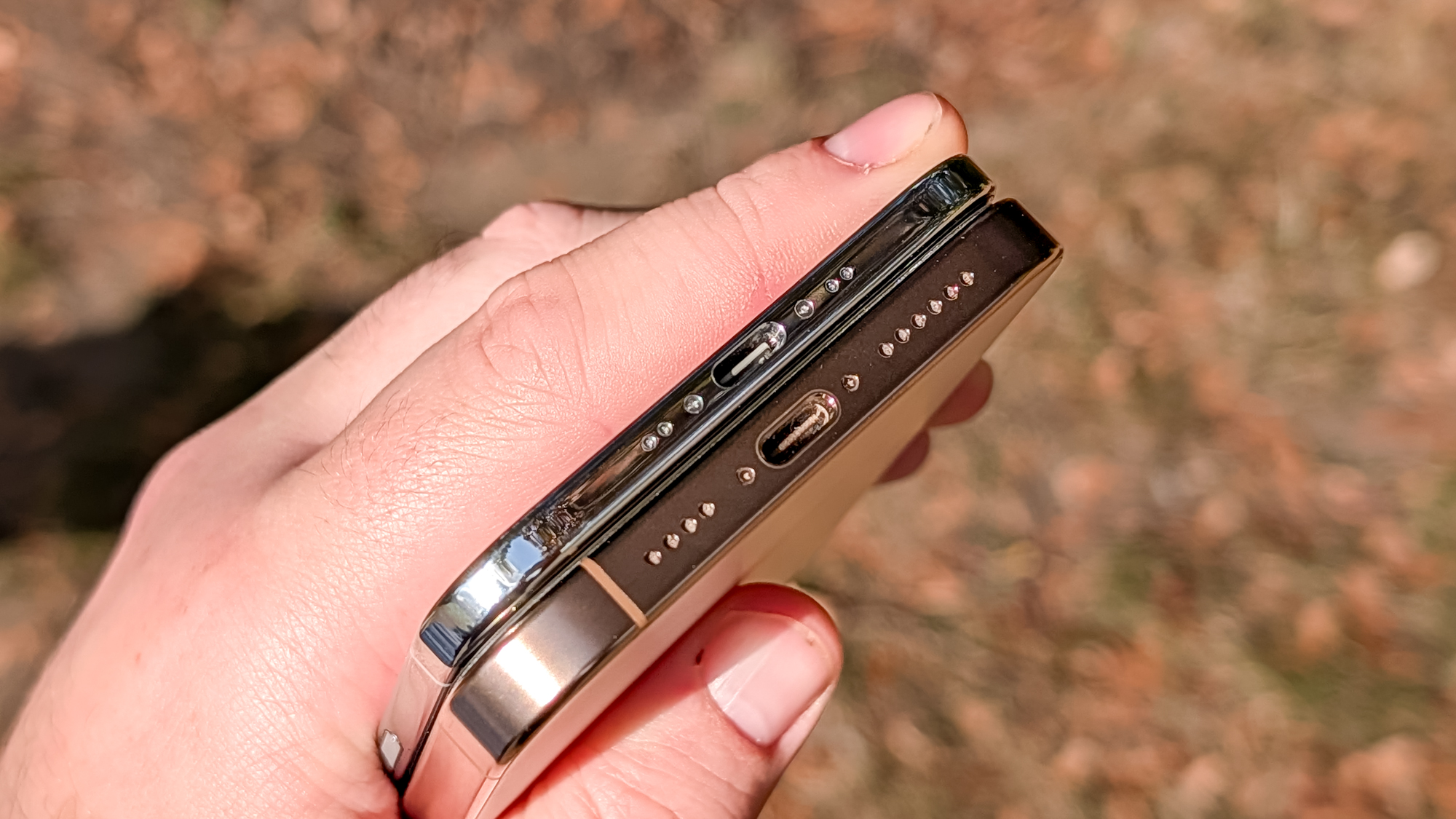
The iPhone Air's design helped things along, too. I still think Apple's older square camera block design looks better than the camera plateau shape that the Air and new iPhone 17 Pro models have adopted. But taken as a whole — with most of the iPhone Air being either glass or a shiny, slightly curved titanium rail — it's beautiful to look at and to hold. It's a massive difference from the slab-like Pro Max I am used to.
The iPhone Air's physical appeal doesn't disappear when you put it away either. The Pro Max iPhones I have tended to use have been quite large devices for something designed to live in a small pocket or bag. (The same could be said of the vast majority of rival Android phones.)
Get instant access to breaking news, the hottest reviews, great deals and helpful tips.
Meanwhile, the iPhone Air fits neatly into a pants pocket or side zipper of a backpack or purse, and could easily go unnoticed until you go to check for it, thanks to its below average weight and impressively skinny profile.
Yeah, the battery is underwhelming
My biggest worry when moving to the iPhone Air was battery life. In our iPhone 17 battery testing, the iPhone Air managed more than 12 hours on a charge, rather than nearly 18 hours like the iPhone 17 Pro Max. Considering how I can easily drain a full phone battery on a busy day, I feared I may have to dash to the nearest Apple Store to pick up the new MagSafe Power Bank designed for the Air just to keep going while out and about.
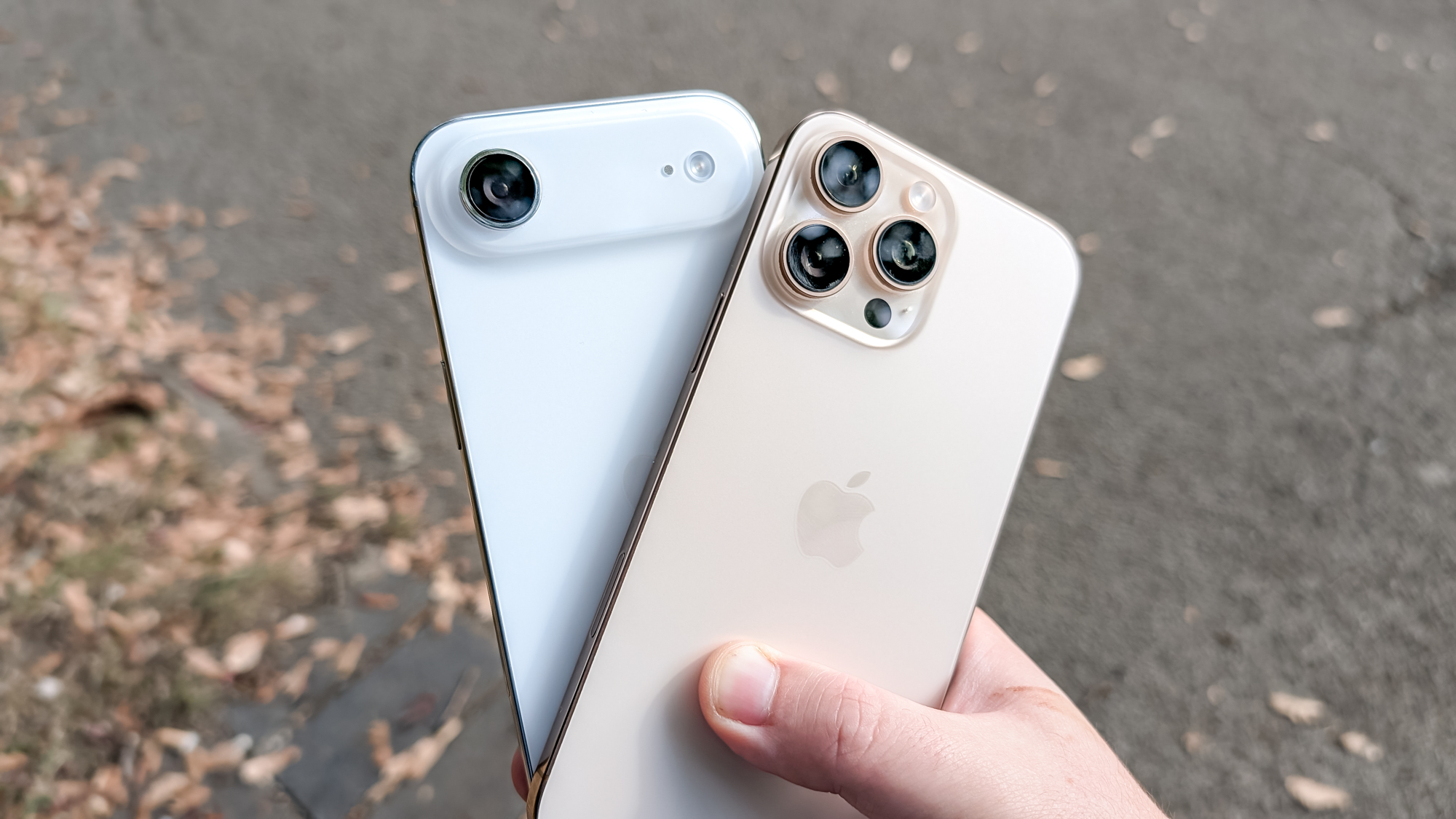
Fortunately, while the battery was worse than I was used to, it was not as bad as I had feared. On a typical day working from home or in the office, the iPhone Air was more than capable of surviving without a visit to a power outlet. But there were three days when I needed to enable low power mode on the phone.
One of those was set-up day, where the data transfer process took a massive toll on the battery percentage. The other two were days I was out late after work, and so I had to conserve the iPhone Air's battery life carefully to make sure I still had enough juice to Apple Pay my tube fare home. This wasn't ever an issue on the iPhone 16 Pro Max.
Sound and vision
In the name of thinness, Apple sacrificed many visible iPhone elements to make the Air possible. But one that's harder to notice immediately involves the phone's speakers — Apple left only one on the Air.
This is quite noticeable if you're playing audio aloud on the iPhone Air, which is something I tend to do when alone at home instead of donning a pair of headphones. It impacts both the volume and the breadth of the sound, although I've never been annoyed enough to go fetch my AirPods.
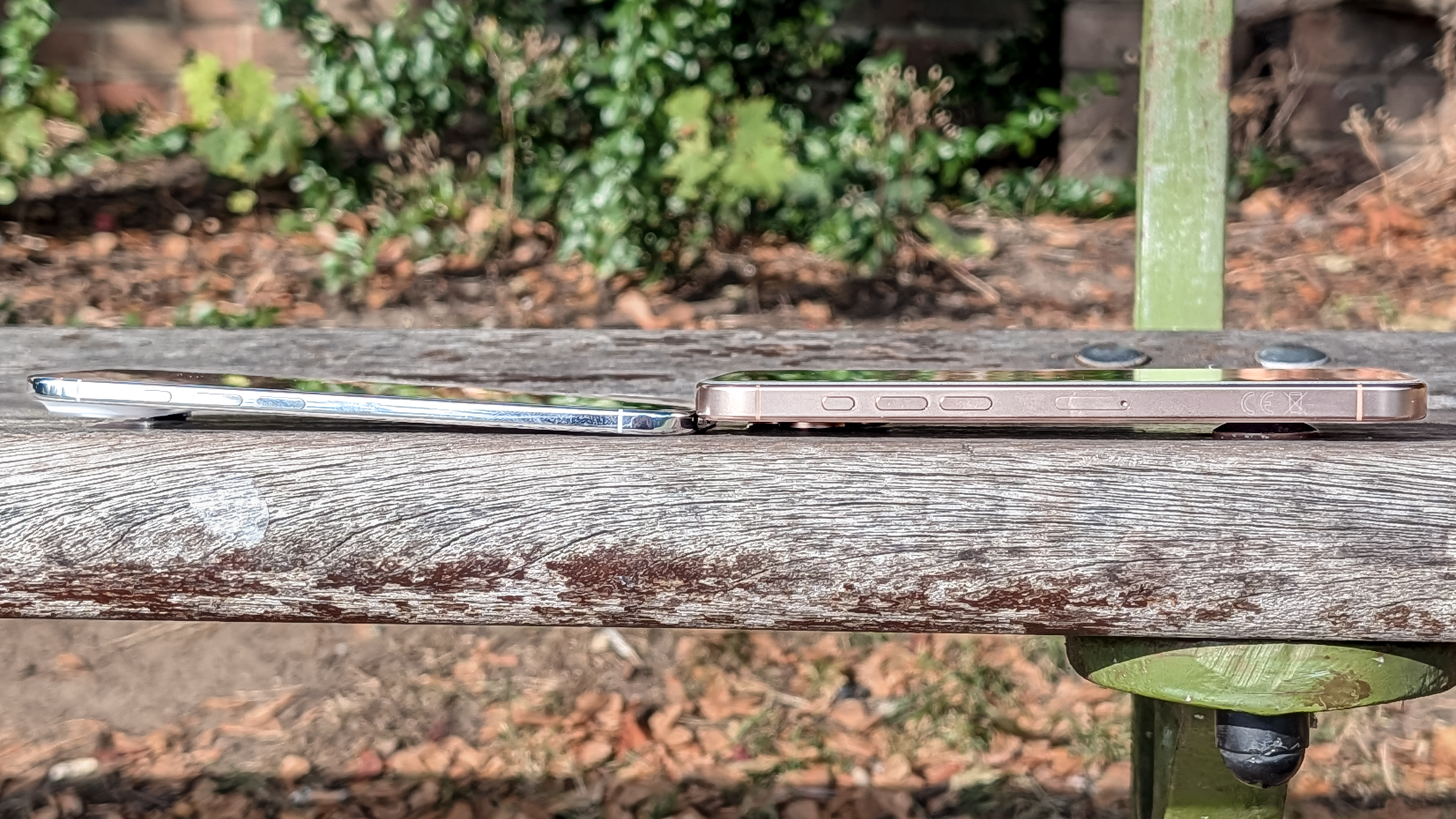
The iPhone Air's display, however, didn't feel that much different to the Pro Max I used to use, even though there's almost half an inch difference when you measure the screens corner-to-corner. What was noticeable while watching content was how the iPhone Air is easily wieldable in one hand — a real bonus while commuting or trying to quickly ready your phone for a snapshot photo.
From four cameras to two
Speaking of the cameras, I knew I'd miss the ultrawide and telephoto cameras of the Pro iPhones sooner or later. As capable as the 48MP main camera on the iPhone Air is, it can't match up for proper zoom or ultrawide lenses.
As you can see in this shot of White City's Television Centre, other than the Air producing a slightly warmer-colored shot, it's a like-for-like comparison at 1x zoom.
The same applies at 2x, where both of these phones are using an in-sensor crop to produce the effect of an optical telephoto shot.
I'm lucky that none of my work this week required complicated photography, or I would have been caught with a phone with a rather fuzzy 5x zoom, especially compared to the iPhone 16 Pro Max and its 5x optical zoom lens.
It's not much better at 10x, where the iPhone Air maxes out. The iPhone 16 Pro Max can go up to 25x, though I wouldn't recommend it.
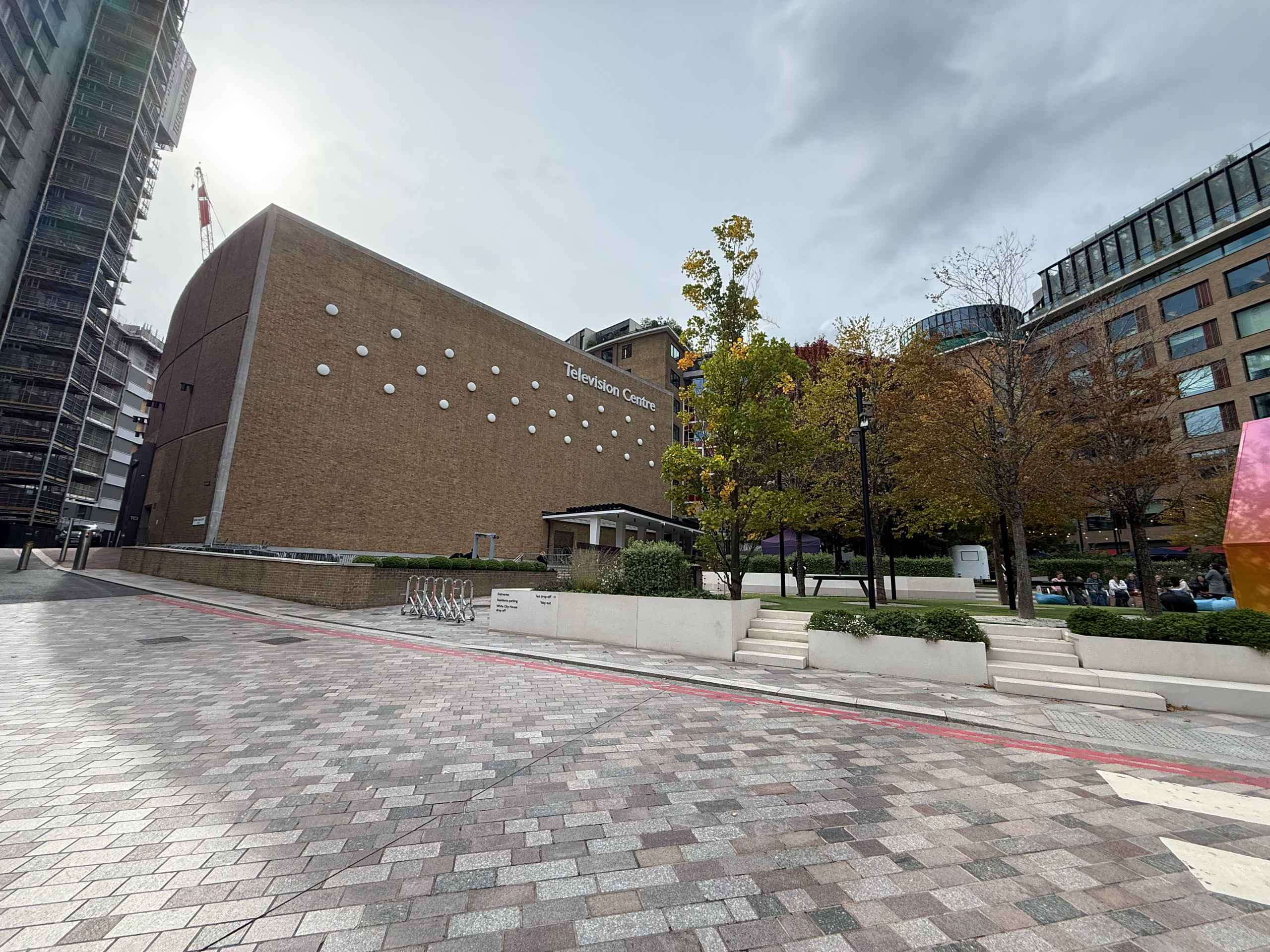
In case you were wondering, here's the ultrawide view of the scene from the iPhone 16 Pro Max. If I wanted to fit that much into the iPhone Air's main camera, I'd have to take several steps back into the main road. I hope you can forgive me for not causing a traffic incident outside Westfield in the name of phone testing.
In spite of it all, I still love the Air
So it seems like my reservations about using the iPhone Air long-term are numerous. But these are nearly completely outweighed by two factors: the iPhone Air's design, and the simple fact that it's still a flagship-grade smartphone that can tackle all kinds of tasks.
I know that generally, I need more from my phone than the iPhone Air can provide. But it's going to be hard to stop using a phone that's so sleek and easy to live with. I certainly won't rule out switching back to the Air when the time's right, such as a holiday where I don't expect to need pro features quite so much.
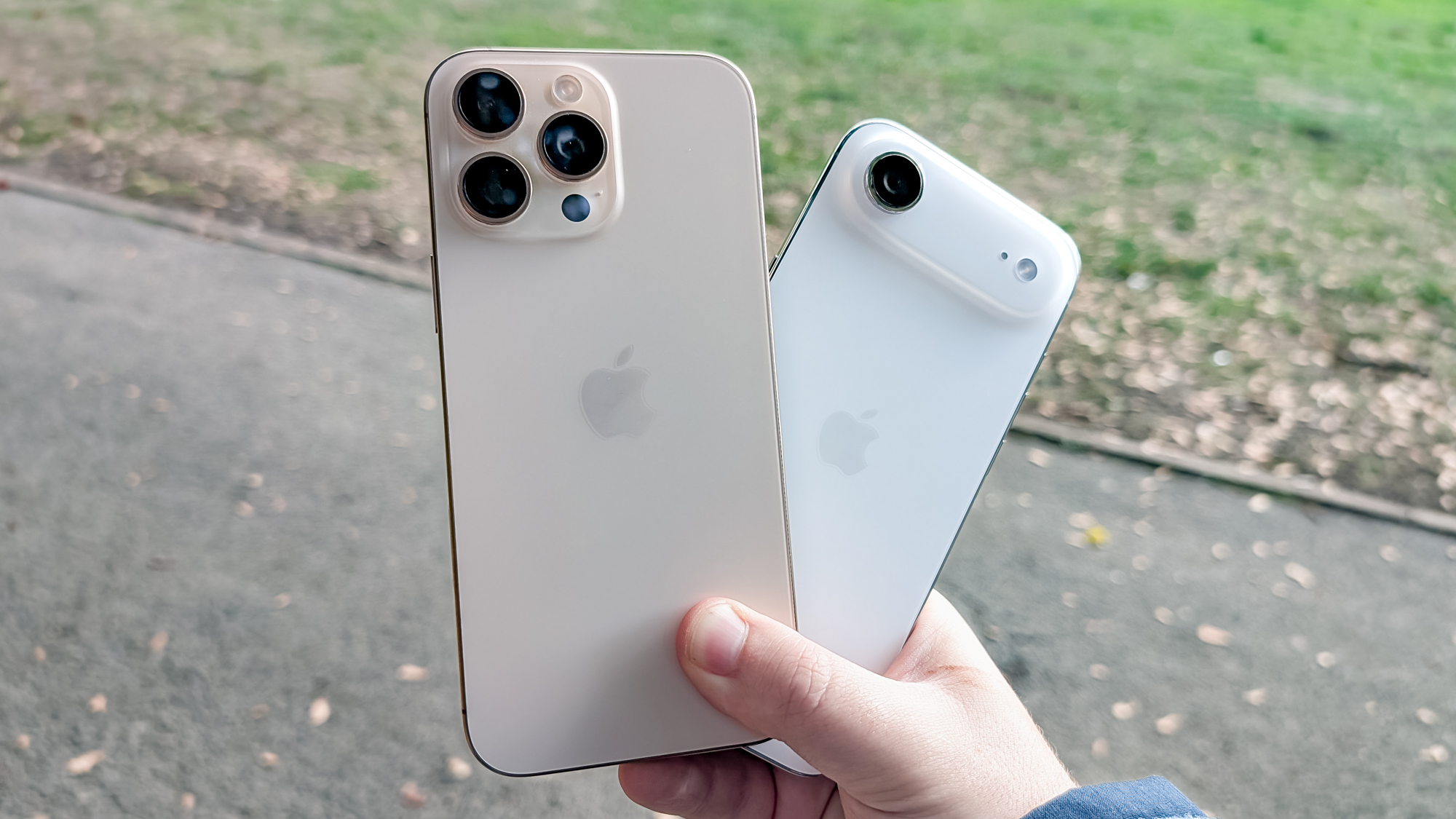
What this experience has shown me is that the iPhone Air is a great device, but for people who can live without the advanced abilities that we take for granted on similarly priced handsets. That could be because that person owns a full complement of other devices like a laptop, tablet or dedicated camera, music and gaming devices. Equally, a user may not require all the bells and whistles of a Pro iPhone or even the base iPhone 17, but still want a premium product to handle calls, messages and social media.
The iPhone Air is a special phone — it's more than just marketing. But being special doesn't mean it's going to be a good fit for everyone. It's why, as much as I've enjoyed the Air, there's something bright orange on the horizon for me. And I'm not talking about a sunrise.
Follow Tom's Guide on Google News and add us as a preferred source to get our up-to-date news, analysis, and reviews in your feeds. Make sure to click the Follow button!
More from Tom's Guide
- I put the iPhone 17 Pro vs Google Pixel 10 Pro through a 7-round face-off — here’s the winner
- iPhone 17 vs iPhone 17 Pro — why the regular iPhone is the one to buy this year
- I put Waze vs. Apple Maps to the test by driving over 800 miles — and there's a clear winner

Richard is based in London, covering news, reviews and how-tos for phones, tablets, gaming, and whatever else people need advice on. Following on from his MA in Magazine Journalism at the University of Sheffield, he's also written for WIRED U.K., The Register and Creative Bloq. When not at work, he's likely thinking about how to brew the perfect cup of specialty coffee.
You must confirm your public display name before commenting
Please logout and then login again, you will then be prompted to enter your display name.
